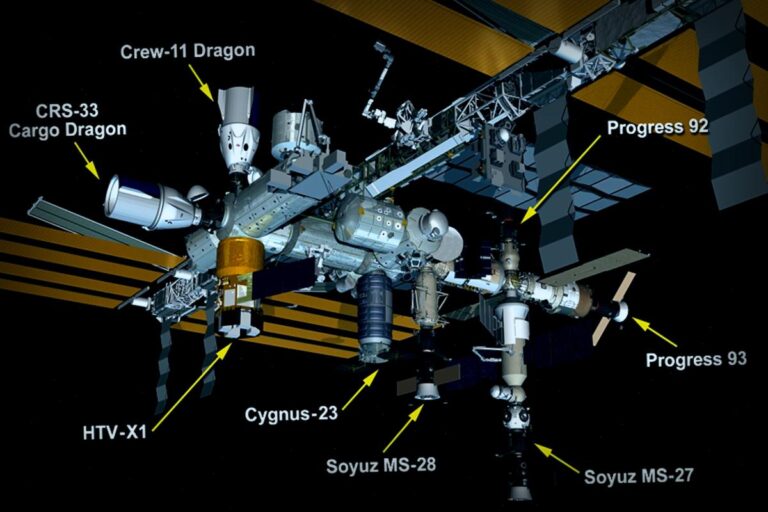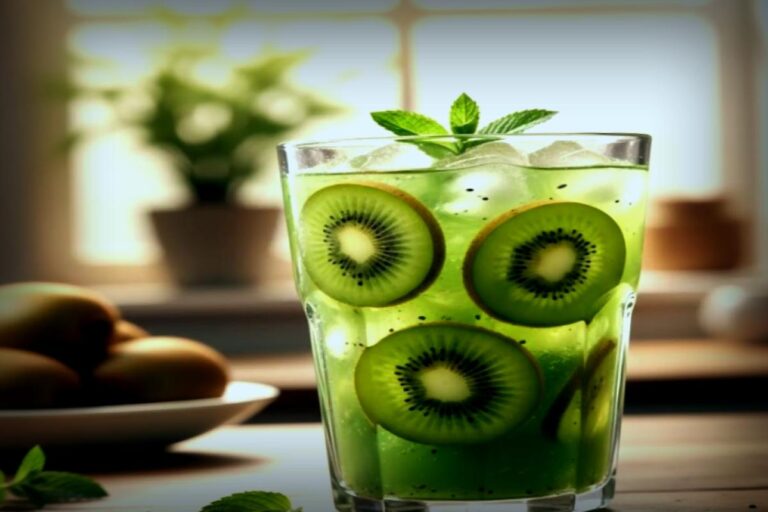In a surprising new study, researchers have unearthed microplastics in the stunning but remote mountains of Greece.
What’s Going On?
At the 17th International Congress of the Geological Society of Greece, scientists presented a concerning finding that revealed significant levels of blue and clear microplastics in both the Gourgouthakas and Liontari caves.
These incredible caves, located in the picturesque White Mountains of Crete, were sampled for water in an arduous field trip back in August 2024, which involved a strenuous hike and careful handling of scientific equipment. The team discovered tiny plastic fragments and fibers measuring less than 5 millimeters in diameter.
It turns out, even these hard-to-reach places aren’t immune to pollution. As noted by Christos Pennos, a visiting professor at Aristotle University, “This practically means that microplastic pollution can exist even in remote places,” as shared by the local news site Ekathimerini.
Researchers speculate that these pesky microplastics might have blown into the caves on the wind.
Watch this: Is a common bathroom item making you sick?
Why Should We Care?
The rise of microplastics is a growing anxiety among many. Once plastics break down, they become these tiny particles, infiltrating our environments—many of which are even manufactured to be that small for products like cosmetics and medicines.
Identifying and completely removing microplastics proves challenging; they settle into soil and food systems, hindering plant growth and even entering our waterways and lungs. They’re appearing in alarming quantities not just in animals but also in humans, as discussed here.
The long-term effects of microplastics on human health remain uncertain. However, they have been found in places we’d rather not think about, like our brains and lungs, with some studies linking them to serious health issues such as cancer and neurological disorders.
What’s Being Done?
The detection of microplastics in the Gourgouthakas and Liontari caves reflects a widespread problem that’s tough to tackle.
Fortunately, there are research teams actively seeking solutions to combat microplastic pollution in critical areas. Some are focused on filtering these contaminants from water, while others are working on techniques to cleanse soil.
And guess what? You can help, too! By cutting down on your plastic use in daily life—like swapping out single-use plastics for reusable options such as glass water bottles, cotton shopping bags, and stainless steel food containers—you not only save money but also aid in reducing the influx of plastics into landfills.

Join our free newsletter for the latest good news and tips, and don’t miss this awesome list of simple ways to help yourself and the planet.
This article about alarming discoveries in caves appeared first on The Cool Down.



















